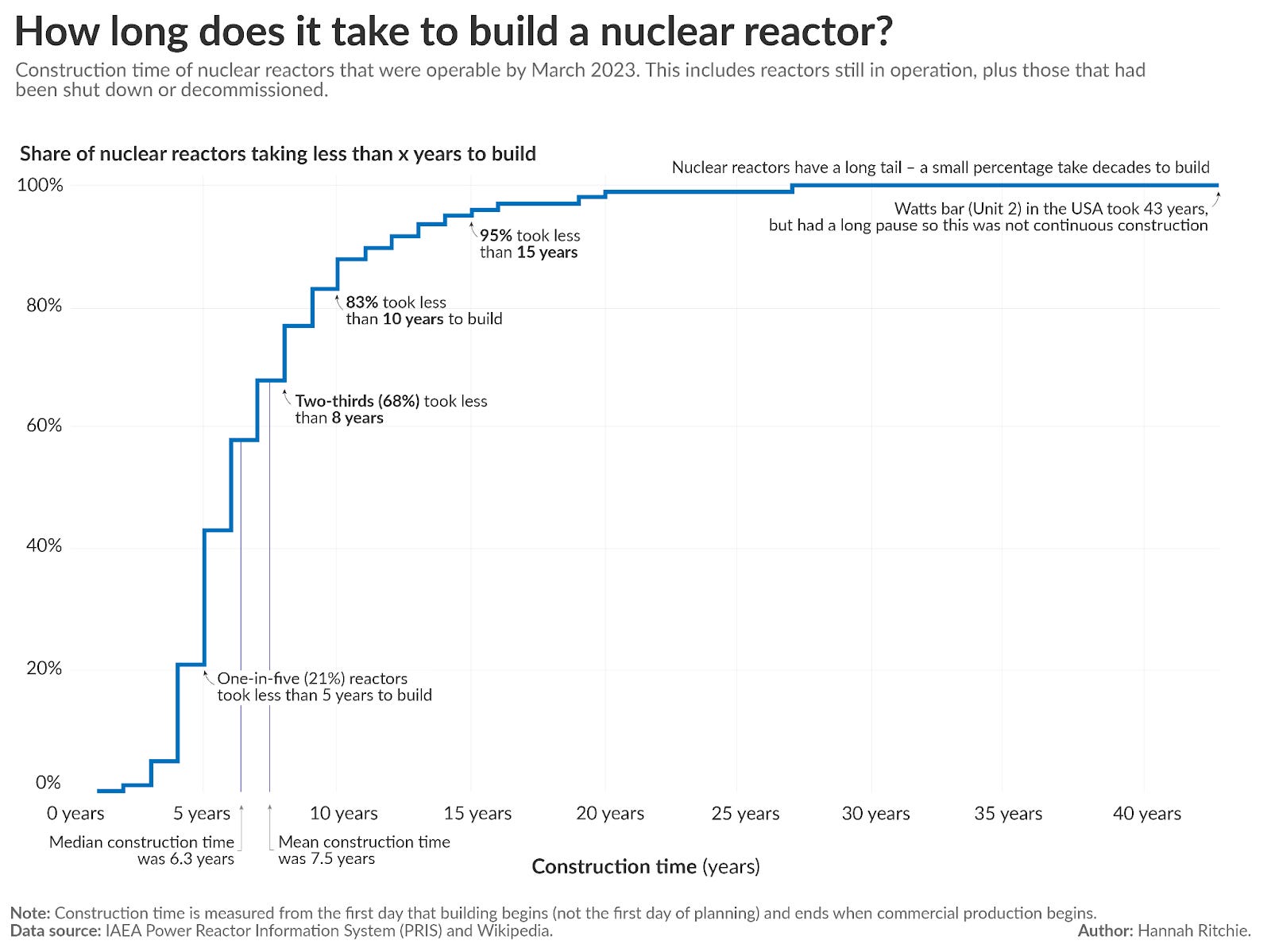I don’t think Russia built the party. I think something like Mossad did the majority of the work and Russia stumbled into it cause turns out pedos leave a fucking trail. Russia just used the leverage to get what they want and if what ever group did assemble the pedo rings had a problem with it Russia would just expose them.
- 0 Posts
- 1K Comments

Counterpoint, wouldn’t it be better to have 3 weeks for Christmas, 2 weeks for spring break/easter, 2 weeks in the summer and then an extra week or two break in the fall? Depending how you organize it kids could have up to 2 weeks off after every quarter/major exams.
Or, going the other direction, you could condense it down to every other or even every Friday off, meaning 3 days weekends and 4 day work weeks for youth.
I get the sentiment, that having 2 months or more off as a kid was great and I certainly enjoyed it at the time, but looking back it was such a bad system and I certainly would have adapted better to school if I had more breaks from it throughout the year rather than one long absence in the summer. It’s not that summer vacation needs go away entirely, it just needs to be revamped to a more manageable break and that excess time off spread out throughout the year, particularly around times where students experience the most stress so they can decompress.

Summer vacations as they exist in the US are counter productive, pointless and a hold over from pre-industrial schooling when rich families would pull their kids out of school during the hot summers to go somewhere cooler leaving the school with less funding and without their stat pupils so the trend rapidly developed of just going to extended recess till the weather cooled and rich kids returned.
The argument that it was for farmers is patently false. Farmers plant in the spring and harvest in the fall, both times schools are in session. And livestock farmers have year round commitments so the idea of pulling students only for the summer is equally silly. It all comes down to rich kids.
A sensible school calendar would be year round, with those 6-8 weeks of summer break broken up and spliced elsewhere into the calendar, reducing the amount of material students would forget, basically the entire first quarter coming back for most schools is just going over everything learned the previous spring to catch up. It’s not one for one but by the time kids get through 8th grade almost 2 years of their schooling has been spent relearning something they already learned.
We could do so much better for kids if we abandoned the ridiculous calender most schools use and alter the actual hours kids are in school to better reflect on what they learned and absorb it rather than just memorizing enough for the next test and moving on.

 39·3 days ago
39·3 days agoI definitely hated Hilton in the 00s but she’s been a standup and model citizen compared to Lohan. Lohan has a family history of drug abuse and turned into a train wreck on her own. Hilton by all accounts is a decent person with nearly every controversy she’s in coming down to she’s from rich white money so cameras followed her everywhere. Supposedly she’s a huge amateur radio enthusiast.
TIL I’m not, nor ever will be, a real gamer.

 7·27 days ago
7·27 days agoI don’t know if I was supposed to read it like a Bill Wurtz video. But I did.

 19·1 month ago
19·1 month agoCharging 70 dollars USD for barely 40 USD of content and everyone knows. The only people I know intent on buying all the latest stuff are people into steamer culture, aka trying to be a streamer or interact with them and follow their trends.

 12·1 month ago
12·1 month agoWithout online functionality, the system might as well be bricked. I’m not 100% so someone can fact check but I’m reasonably certain it will refuse to let you play any software you’ve downloaded and only allow you use physical carts without the option to update them. When 90% of a console is built around online activity, being able to remotely disable that makes the console useless.

 8·2 months ago
8·2 months agoThe Matrix. Hugo Weaving (Agent Smith) as the only non-muppet.
I’m the caveman who thought this was craft beer or something. Y’all drinking coffee cold? Scared caveman noises.

 16·2 months ago
16·2 months agoBait was never this believable before.

The nuclear industry has developed – and implemented – most of the necessary technologies required for the final disposal of all of the waste it produces. The remaining issue is one of public acceptance, and not of technological feasibility.
The amount of waste produced by the nuclear power industry is small relative to other industrial activities. 97% of the waste produced is classified as low- or intermediate-level waste (LLW or ILW). Such waste has been widely disposed of in near-surface repositories for many years. In France, where fuel is reprocessed, just 0.2% of all radioactive waste by volume is classified as high-level waste (HLW).a
- Nuclear waste is hazardous for tens of thousands of years. This clearly is unprecedented and poses a huge threat to our future generations
Many industries produce hazardous and toxic waste. All toxic waste needs to be dealt with safely, not just radioactive waste.
The radioactivity of nuclear waste naturally decays, and has a finite radiotoxic lifetime. Within a period of 1,000-10,000 years, the radioactivity of HLW decays to that of the originally mined ore. Its hazard then depends on how concentrated it is. By comparison, other industrial wastes (e.g. heavy metals, such as cadmium and mercury) remain hazardous indefinitely.
Most nuclear waste produced is hazardous, due to its radioactivity, for only a few tens of years and is routinely disposed of in near-surface disposal facilities (see above). Only a small volume of nuclear waste (~3% of the total) is long-lived and highly radioactive and requires isolation from the environment for many thousands of years.
International conventions define what is hazardous in terms of radiation dose, and national regulations limit allowable doses accordingly. Well-developed industry technology ensures that these regulations are met so that any hazardous waste is handled in a way it poses no risk to human health or the environment. Waste is converted into a stable form that is suitable for disposal. In the case of HLW, a multi-barrier approach, combining containment and geological disposal, ensures isolation of the waste from people and the environment for thousands of years.
High Level Waste makes up .2% of all waste generated by nuclear facilities, Plutonium being a minority of that. Geostorage was implimented because of military applications of plutonium that expired and had to be stored. Over a third of all nuclear waste in the US is military waste. But because Plutonium is part of high level waste all HLW is treated as if it’s plutonium because of the overzealous safety standards. You can not produce plutonium from uranium in a fissile reaction. That’s not how fission works. The actual fissile products from spent fuel decay below background radiation in under 100 years.
About 400,000 tonnes of used fuel has been discharged from reactors worldwide, with about one-third having been reprocessed.
The only misinformation I’m seeing in this conversation is you not understanding what nuclear waste actually is, how much is actually produced, and how long it persists. A process we are getting better and better at reducing the amount of waste every decade inspite of people like you trying to kill nuclear for no other reason than you buy into all of big oil’s lies and misinformation about it.

There you go again with that 100k years number which is a made up number. Fissile products from reactors decay in under 100 years. The only stays radioactive that long is plutonium. Which is not a fissile product or spent fuel.

The cost goes up entirely due to red tape and lobbying from fossil fuel organizations. Remove the boot that is nuclear fear induced largely by oil companies and actually commit to nuclear R&D and the cost will drop. And even the recent breakthroughs China made with Thorium made are genuine, even more so. And unlike every other power generation industry, nuclear operators are mandated by law to put aside funding to handle waste. Tell me which solar industry members are doing anything about PFAS generated in their production or wind turbine operators who give a damn about how many landfills they are flooding with expired turbine blades.

The only agenda I have to push is making sure our grandchildren have a future that isn’t a collapse to pre-industrial living if not total extinction. Nuclear is very much a leg of that future as much as renewables like wind and solar, but hydro needs to go for the massive damage it caused ecological systems. If that’s something you’re against then I don’t understand what horse you have in the energy race.
The rate of expansion and energy production, we need nuclear for base loads just as much as we need wind for flex loads. Every other solution is a delusional, a disservice or outright submission to corporate greed that got us in this mess to begin with.

https://euobserver.com/green-economy/arf0893c11
This was not even two years ago. Germany killed old plants yes but stopped construction for new ones. Which resulted in an energy deficit compounded by a desire to move away from Russian gas, hence turbines being ripped out to expand coal.
I have no idea where you’re getting “100k years of waste” from, that’s completely nonsense. Everything else about your comment even more so.

In what way does nuclear get less feasible? It’s the safest form of power per kw even when you weigh down the stats with crap like Chernobyl that never would have left drawing paper in the west, and uses the least amount of land so that low carbon footprint means something where we aren’t tearing down trees as power demands expand.

This isn’t even remotely true. Japan builds nuclear reactor in average of 5 years.
Edit for the down vote brigade:

80% or all nuclear reactors go from official planning to commercial production in under 10 years.
The longest process in building a nuclear reactor is cutting through red tape and getting permits cause of all the NIMBY and idiots progating mytha and lies about nuclear that originate in fossil fuels lobby.
Nuclear is the most ecologically friendly and safe power generation source we have until industrial scale fusion gets hammered out.



Worth noting lot of industry experts in renewables and outside of it criticize LCOE for not properly taking inflation and total life cycle costs into account. It’s still a useful number but never let it be more than a single data point in determining which form of energy is cost effective balanced against environmental impact.
Edit: also worth noting, LCOE assumes 1:1 supply and demand, no power storage or other other factors if renewables produce more than demand needs, but credits them as if that supply was used. Additionally it doesn’t differentiate low demand and high demand costs that many areas use, which can skew the numbers significantly if not accounted for and just assumed energy prices are constant throughout the day.